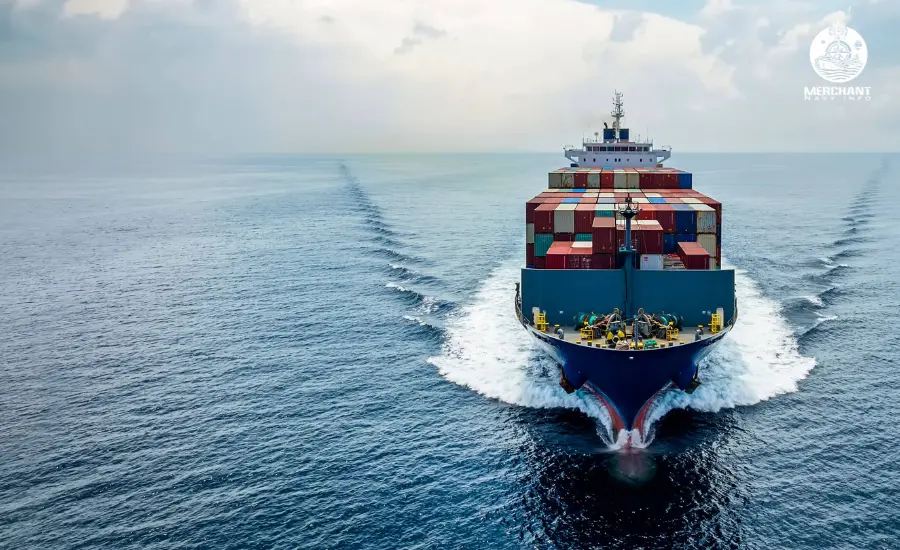MERCHANT NAVY

Early Stages for US Maritime Companies
Carbon is a by-product in producing two important alternative fuels – blue ammonia and blue methanol – hydrogen is a component of both. Carbon generated at facilities manufacturing cleaner fuels must be transported away from the atmosphere.
Sequestration in spent oil fields is becoming an increasingly popular destination. This could create new cargo flows, particularly around the Gulf of Mexico, and benefit US maritime companies. Jones Act companies now consider transporting carbon from alternative fuel-producing plants to injection destinations, typically underground rock formations. The transport of carbon is now on their radar.
In December 2023, the Overseas Shipholding Group, which is based in Tampa, Florida, was granted $400,000. To fund the research and development of the proposed Tampa Regional Intermodal Carbon Hub (T-RICH) project. The United States Department of Energy (DOE) mostly funded the grant.
Tampa Regional Intermodal Carbon Hub (T-RICH)

Tampa, Florida, is a center for the fertilizer industry. The OSG has announced a study to assess the feasibility of developing an intermediate storage hub at Port Tampa Bay for CO2 captured from industrial emitters throughout Florida. The proposed facility, T-RICH, would receive, store, and process up to two million metric tons of CO2 annually. OSG vessels would transport the CO2 across the Gulf of Mexico for permanent underground storage, making it the first hub of its kind in the United States. The hub can expand its capacity to accommodate higher volumes of captured CO2.
OSG plans to operate a hub site at Port Tampa Bay that will aggregate and store CO2 captured from emitters. The company will then load the CO2 onto specialized liquified vessels for transportation. These vessels would then deliver their cargo to the northern Gulf of Mexico. Which has the largest confirmed capacity for safe, deep, permanent underground sequestration of captured CO2.” T-RICH would need to process a minimum volume of 2 million tons of CO2 annually, as suggested by the DOE.
Repurposing Offshore Vessels for Carbon Capture & Transport
Tidewater CEO Quintin Kneen mentioned in a January 2024 webcast that older and smaller offshore vessels in the US Gulf could potentially transport liquid carbon for underground storage in oil-producing regions. Kneen suggested that these vessels could be used for carbon injection in shallow areas. They may not require all the attributes needed for oil and gas operations, but this utilization could be five years away.
Later in the discussion, on the subject of the fleets of smaller Jones Act-compliant workboats (including those facing reduced demand from offshore wind projects). He said, “You will see them drifting down to the Gulf [for projects including carbon injection], you will see a lot of those boats taken up, and the market will be tight.”
Green methanol, where production does not generate carbon for sequestration. They have also figured in the strategies of another Jones Act vessel owner, Rose Cay Maritime. Which now operates multiple tugs and tank barges acquired in the wake of the Bouchard bankruptcy in 2020- 2021.
Conclusion
In the middle of 2023, Rose Cay and Carbon Sink LLC agreed to collaborate by signing a Memorandum of Understanding. Carbon Sink LLC is working on establishing a network of eco-friendly methanol production facilities. Rose Cay intends to transport the green methanol to the shipping customers, as the company is already transporting biofuels. This will create the necessary Jones Act “supply chain” connection between Carbon Sink LLC and a group of green fuel suppliers providing Maersk with green fuel. The vessels taking on green fuels in US ports will also benefit from this collaboration.










